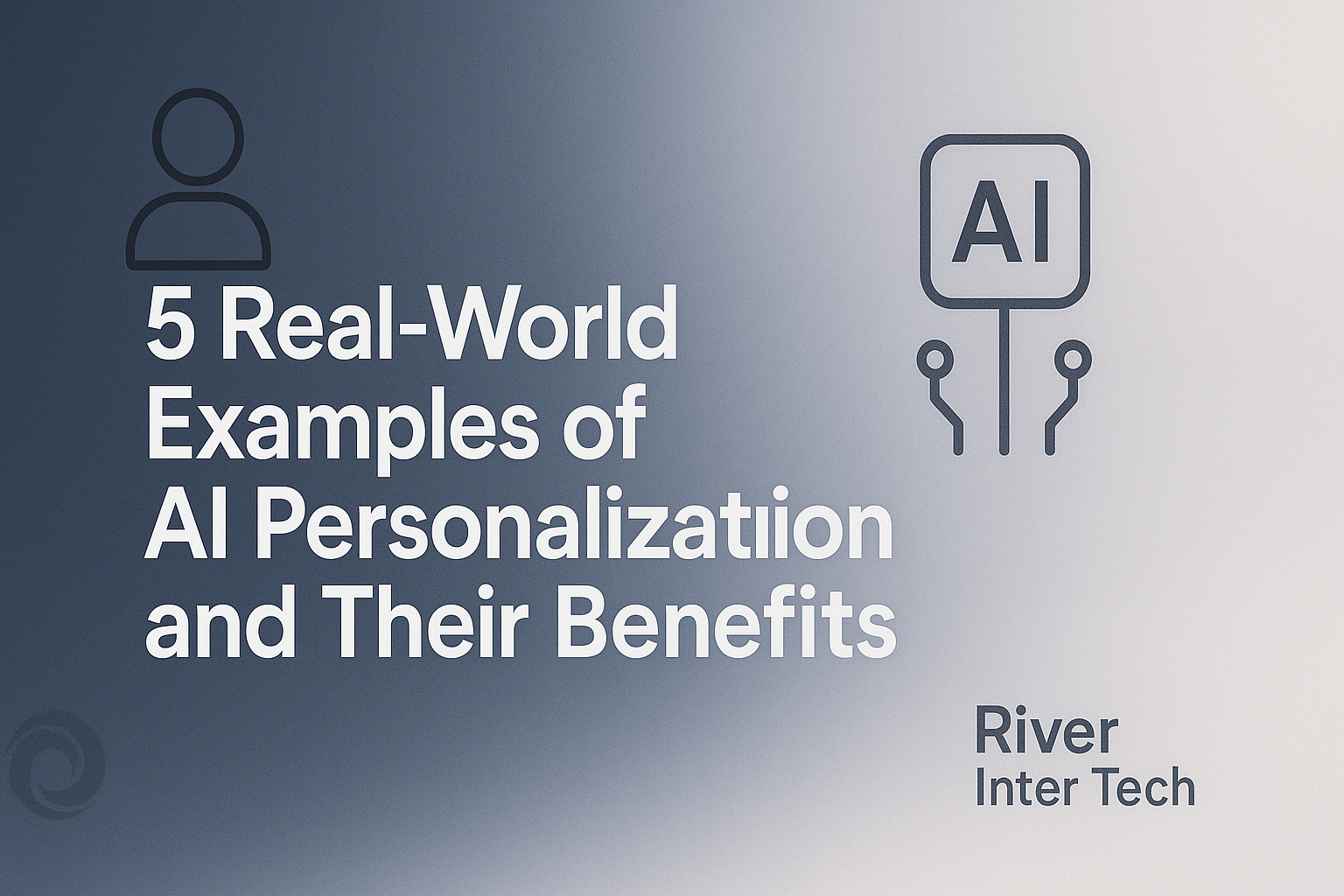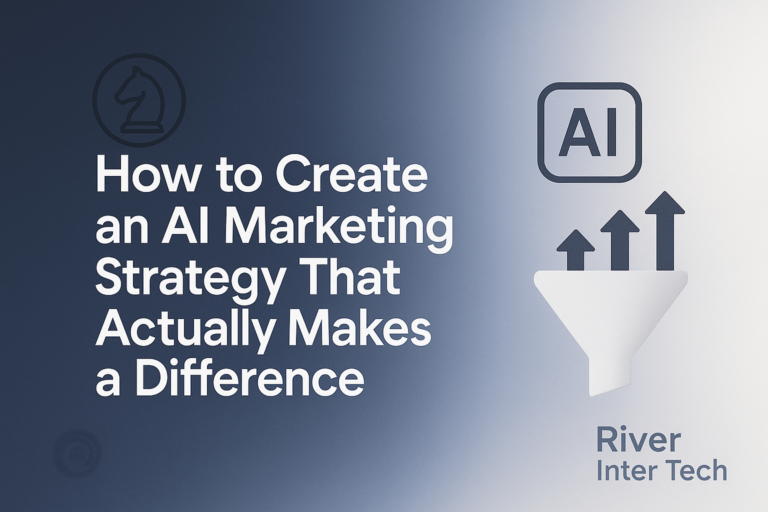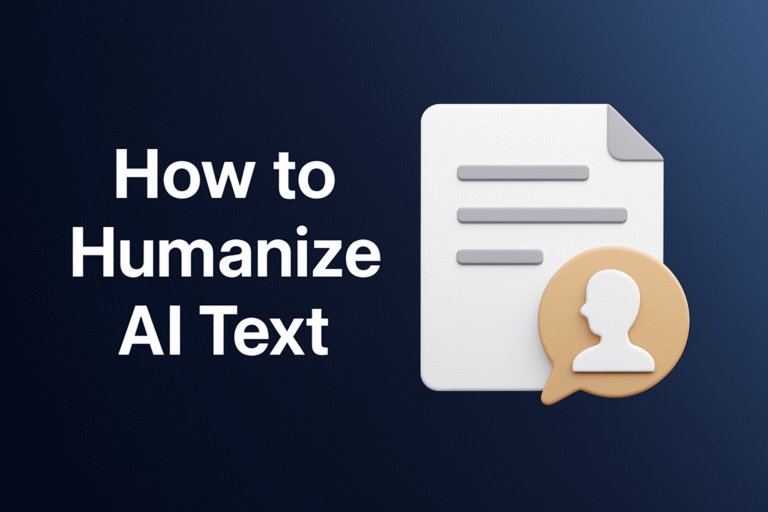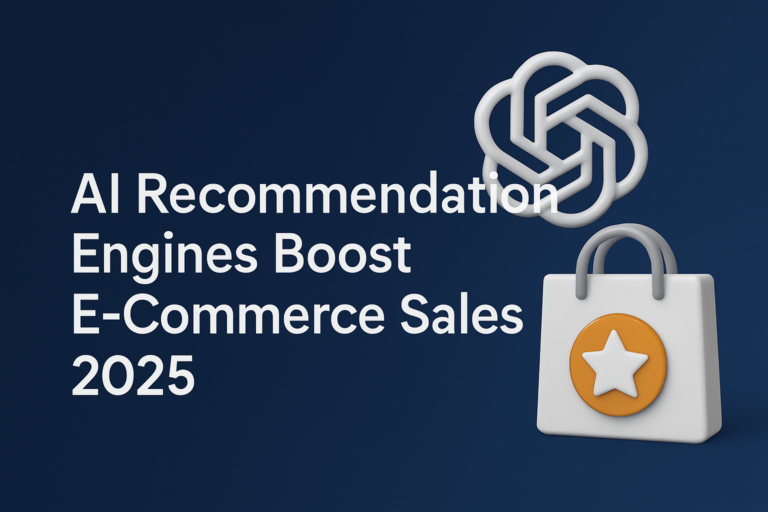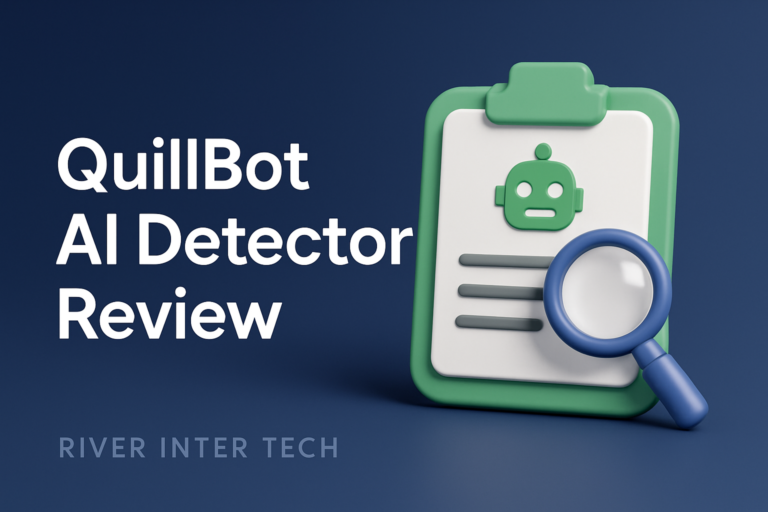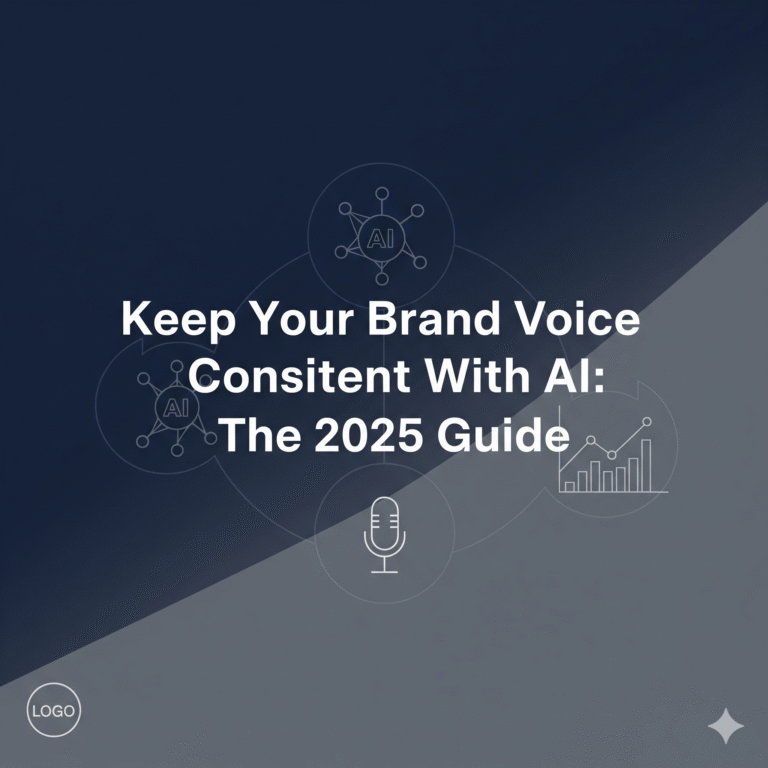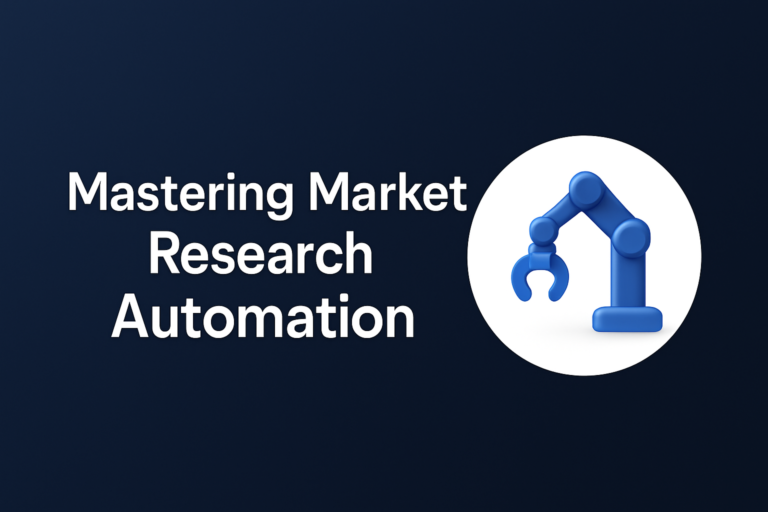Real-World AI Personalization: 5 Examples That Work
Many online businesses face high bounce rates and low repeat sales. They keep asking, “How do those big brands make it look so easy?” Here’s a secret: they use AI personalization to connect, engage, and sell more—at scale.
AI personalization is not a passing trend. It’s how top brands build trust, boost loyalty, and drive more conversions.
In this post, you’ll see 5 real-world AI personalization examples of how brands use AI personalization, what benefits they get, and a few tips to try these ideas yourself.
Ready to see how you can make your business stand out? Let’s get started.
Why AI Personalization Matters for Modern Brands
Personalized experiences grab your attention and keep you coming back. Shoppers are more likely to buy if you show them what they want, when they want it.
According to McKinsey, brands using advanced AI-driven personalization get up to 40% more revenue than those who don’t. Without AI-driven personalization, keeping up with each customer’s needs gets tough, especially as your business grows.
That’s why these real-world examples matter if you want your brand to stay on top.
1. Amazon – Recommendation Engine That Drives Sales
Amazon is famous for knowing what you want—sometimes before you do. How do they pull this off? Amazon’s AI personalization engine studies what you browse, buy, and even what you add to your wish list.
The system looks for patterns and recommends products that fit your style. In fact, over 35% of Amazon’s sales come from these personalized suggestions.
Why does this work so well? Shoppers feel seen and understood. When you see “Customers also bought” or “Recommended for you,” you’re more likely to trust the site and make a purchase.
Even a simple AI-powered recommendation bar can increase your store’s average order value. If you haven’t tried it, add a “customers also bought” widget to your site—it’s a fast win for boosting cross-sells.

Tip: Start with one recommendation widget. Watch how it changes what people click on and buy. Over time, you can tweak and improve the AI system for even better results.
2. Netflix – Personalized Content That Keeps Users Loyal
Netflix makes watching TV feel personal. Their AI looks at what you watch, your ratings, and even how long you hover over a show.
The system tweaks your home page, recommends new movies, and changes thumbnails to catch your eye. This level of AI personalization keeps users coming back.
Netflix’s approach means people spend more time on the site and are less likely to cancel their subscription.
Why does it work? When every login feels tailored, users feel valued. They see shows and movies that match their taste, so they stick around.
Want to try this for your business? Start by personalizing your homepage or user dashboard. Show relevant products or content to returning users, not just the same old stuff.

Integration note: Pulling in data from other systems—like browsing history or customer profiles—takes planning. Make sure your tech can talk to each other, so you build a smooth experience.
3. Spotify – Custom Playlists Built with Machine Learning
Spotify doesn’t just play music. It creates playlists that feel made just for you. Their AI tracks what songs you listen to, skip, or save. Then, it builds playlists like Discover Weekly. Nearly half of Spotify users say these playlists make the app better for them.
Why does this keep people coming back? It’s the surprise factor. Listeners discover new songs they like without any extra work. You can use this same idea in your business.
Instead of guessing what customers might like, watch what they do. Which products do they check out but never buy? Which emails do they click?
Use these actions to recommend products, content, or offers that fit their habits of AI-driven personalization.
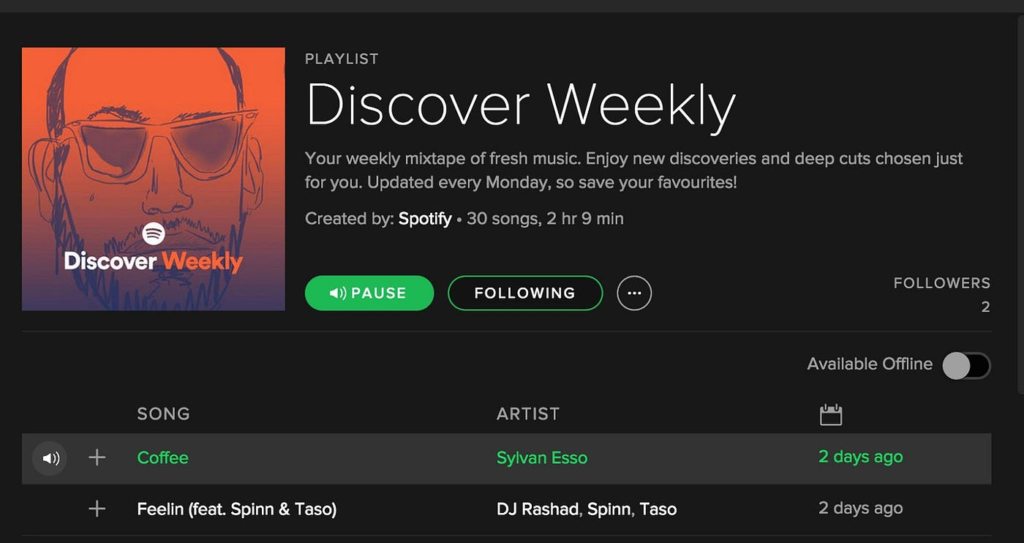
Bonus tip: When sending emails or notifications, group users by what they actually like—not just their age or gender. This makes your messages feel personal, not spammy.
4. Sephora – Virtual Artist and Personalized Product Suggestions
Sephora’s Virtual Artist feature makes makeup shopping easier. Their app uses your selfie and AI to suggest products, colors, and styles that match you. It even offers virtual try-ons—so you can see how a lipstick or eyeshadow looks before you buy.
The impact is clear. Shoppers find what suits them best, order confidently, and return less. This makes shopping online feel friendly and human, even when you’re at home.
You don’t need fancy tech to start. Even a simple quiz or AR tool can help users find the right product. This boosts satisfaction and reduces returns.

Privacy reminder: Always tell users what data you collect and why. Being honest builds trust and keeps you compliant with privacy laws.
5. Starbucks – Personalized Offers Based on Location and Purchase History
Starbucks uses AI personalization to make every coffee run feel special. Their app tracks your orders and location.
When you’re near a store, it sends a deal on your favorite drink. Customers who get these offers redeem more and visit the store more often.
It doesn’t feel like spam because it fits your habits and your day. You get rewards that feel earned, not random.
Want to try this? Use data from both location and order history to send smart notifications. For example, if someone always orders a latte, give them a latte deal as they walk by your shop.

Integration tip: Use APIs or simple integrations to connect your order system to your app or emails. Start simple and grow as you see results.
Main Benefits of AI Personalization (Quick Recap List)
- Boosts engagement: People click, read, and buy more.
- Increases conversions: The right offer at the right time means more sales.
- Improves retention: Customers keep coming back.
- Optimizes marketing spend: Smarter segments cut waste.
- Strengthens loyalty: Shoppers trust brands that “get” them.
Common Challenges and What to Watch Out For
AI personalization is powerful, but there are a few bumps to watch for:
- Data privacy & compliance: Always follow laws like GDPR or CCPA when collecting info. Be clear with users about what you store and how you use it.
- Integration headaches: Plan ahead when connecting AI tools to old systems. Test small and fix problems early.
- Bias & over-personalization: Check your AI often. Make sure it doesn’t show results that look odd, unfair, or creepy.
- Scalability: Start with one part of your business (like product suggestions) and grow as you see wins.
Tips and Reminders for Getting Started with AI Personalization
Jumping into AI personalization? Here’s how to get started:
- Try just one area first—like recommendations or emails.
- Use A/B testing to see what works and what doesn’t.
- Make privacy clear and simple. Tell users what you collect and why.
- Pick AI tools that work with what you already have. No need to rebuild everything.
- Review results and adjust. AI gets smarter with feedback, so keep learning and improving.
Closing
Businesses that use AI personalization get more customers, more sales, and stronger loyalty. It’s not magic. It’s about choosing the right AI tools and focusing on what customers want most. Start with one AI-powered feature and see how your numbers move. The sooner you try, the faster you’ll stand out.
FAQ Section
What is AI personalization in ecommerce?
AI personalization uses smart tools to show each customer products or content that fit their likes and habits.
How do I choose the right AI tool for my store?
Look for tools that fit your current tech, are easy to use, and can grow with your business.
Is AI personalization safe for customer data?
If you follow privacy rules and explain how you use data, it stays safe. Choose trusted tools and be upfront with your shoppers.
What results can I expect after implementing AI personalization?
Most stores see more clicks, higher sales, and happier returning customers.
How long does it take to set up?
Start simple. You can get basic AI personalization running in a few weeks. Bigger projects take longer but pay off in the end.
Ready to make your business stand out? Use these real-world AI personalization tips and watch your sales—and customer smiles—grow.

